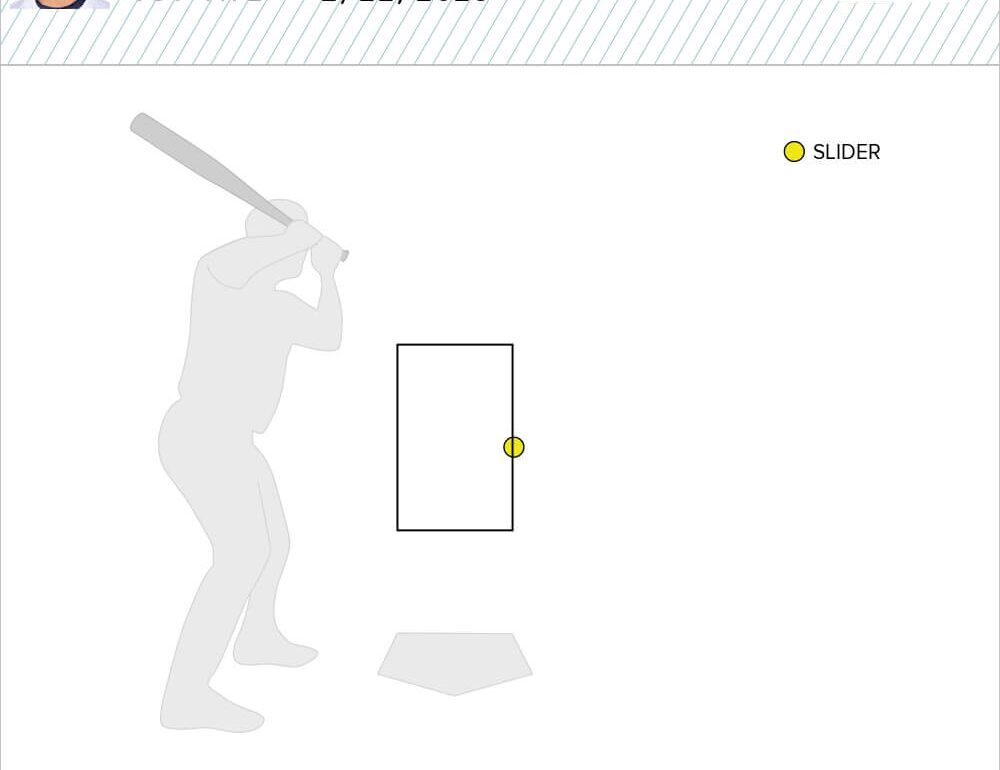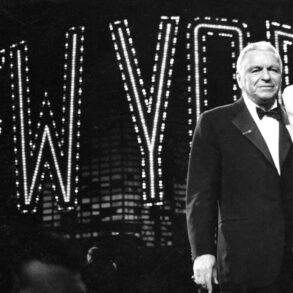Last season across MLB, the gap in pitch-framing ability between the best- and worst-graded catchers was 26 runs, or roughly two to three wins over the course of 162 games. That’s substantial, and pitch-framing skills have never played a bigger role in how catchers are evaluated — and, ultimately, compensated — by the Minnesota Twins and other teams.
Advertisement
However, because it’s also a skill tied to influencing human umpires, pitch-framing value would be greatly diminished or perhaps eliminated if the league were to adopt a fully automated strike zone in the future. That’s years from happening, if it ever does, but in the meantime MLB has begun testing the Automated Ball-Strike (ABS) challenge system in spring training games.
Previously tested in the minor leagues, with positive feedback and results, the ABS challenge system enables pitchers, batters and catchers — but not managers, crucially — to fact-check umpires in real time by requesting a specific pitch be reviewed by the automated zone. It’s likely coming to regular-season games as soon as next year, so be ready.
“I don’t think it’ll ever get to the point where it’s (fully automated),” Twins catcher Ryan Jeffers predicted last month on my “Gleeman and The Geek” podcast. “I think MLB went down that path and realized it’s not where they want to be. Like in tennis, the challenge system adds an element of energy and excitement to the game that I think everyone wants.”
And the Twins didn’t wait long to use it.
In the first inning of Saturday’s spring training opener, Jeffers’ co-catcher, Christian Vázquez, challenged a 2-2 slider from Zebby Matthews that had been called a ball. It was overturned to a strike within seconds; the batter was out, the Twins escaped a two-out jam and the game moved right along.

“It was a coin flip,” Matthews told reporters in Florida. “I thought it might have been a little off. Vazky is good at what he does. He challenged, and we got the call. It was cool to see. And the fans loved it. They got into it.”
Simple, quick and impactful, just as the challenge system intended.
“I think we also saw a lot of pitches that were close that no one wanted to challenge, which was interesting,” manager Rocco Baldelli said. “It’s there to hopefully enhance the game and learn something this spring. Our major leaguers who have limited exposure to it learn something about it. That’s really the goal here. I think we’ll get something out of it for the future.”
Advertisement
Someday, years from now, a fully automated strike zone could wipe out the value of pitch framing, but long before that happens, catchers will be adding a similarly essential ability to their defensive tool bags: judging which borderline pitches are worthy of being challenged and, just as importantly, determining which situations are high enough leverage to risk doing so.
Just as there’s a substantial gap between the best and worst pitch framers, the potential exists for catchers with elite challenge judgment to add game-altering value. Teams will lean heavily on veteran catchers like Jeffers and Vázquez to make their challenge decisions because managers can’t and pitchers, while eligible, might be too emotionally invested.
“It has to be an instantaneous challenge,” Jeffers said. “(Catching) skills might shift a little bit, but there’s going to be another level of responsibility: knowing which pitches to challenge. There’s going to be a learning curve. Some players might lose the chance if they’re really bad at it. You only get two (wrong) challenges. There’s going to be strategy built around that.”
First ever challenge in @CHSFieldStPaul history and the call stands. Could this be coming to a Major League Stadium near you in the near future? pic.twitter.com/0XymqI2DC8
— St. Paul Saints (@StPaulSaints) May 6, 2023
Triple-A teams have used the ABS challenge system for the past two years, to varying degrees, and the St. Paul Saints’ experience suggests a learning curve exists. According to data shared with The Athletic, the Saints’ success rate on 335 total ABS challenges jumped from 36.8 percent in 2023 to 49.5 percent in 2024 as their situational awareness improved.
And the Saints’ experience also suggests leaning on catchers to “speak” for the team is the smart approach. Last year, Saints challenges had a success rate of 57.1 percent when initiated by catchers, compared to 45.1 percent by hitters and 28.6 percent by pitchers. Catchers initiated 12 times as many challenges as pitchers and still had much better success.
Advertisement
Batters are on their own at the plate, so expect a discerning eye and overall levelheadedness to result in more leeway initiating challenges. But in the field, the Twins are likely to follow the Saints’ lead by encouraging most pitchers to initiate challenges only when they feel strongly about being correct and trusting catchers with a lot more freedom to make judgment calls.
“Our jobs are always going to be important back there,” Jeffers said.
(Photo of Ryan Jeffers: Brace Hemmelgarn / Minnesota Twins / Getty Images)
This post was originally published on this site be sure to check out more of their content.





